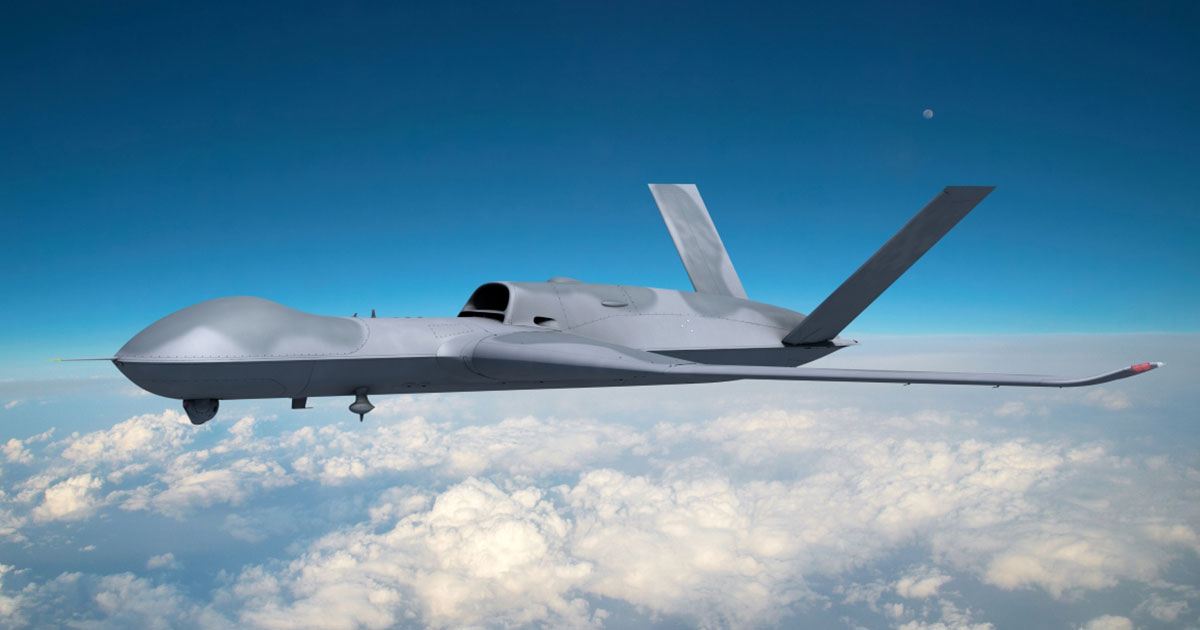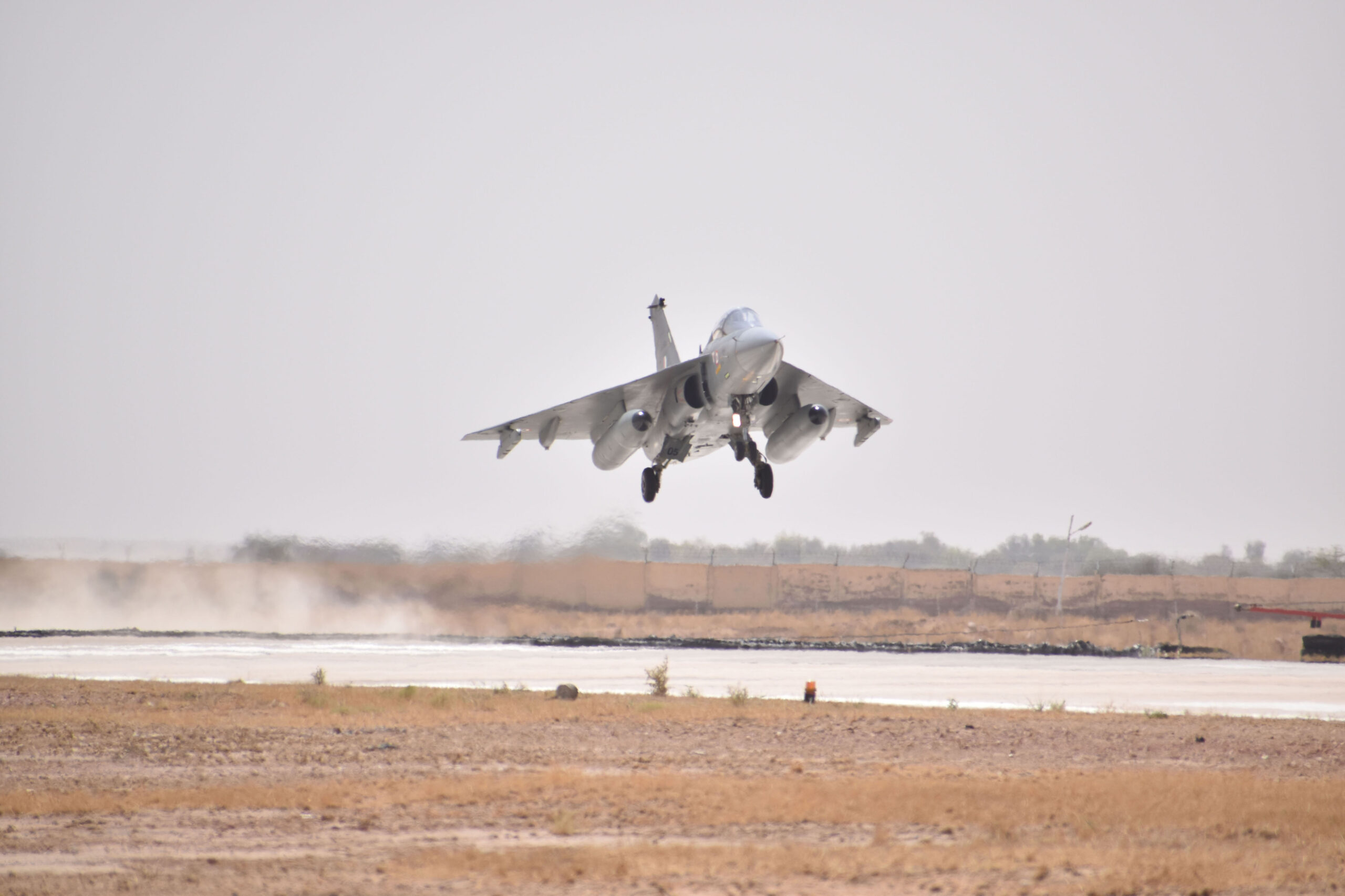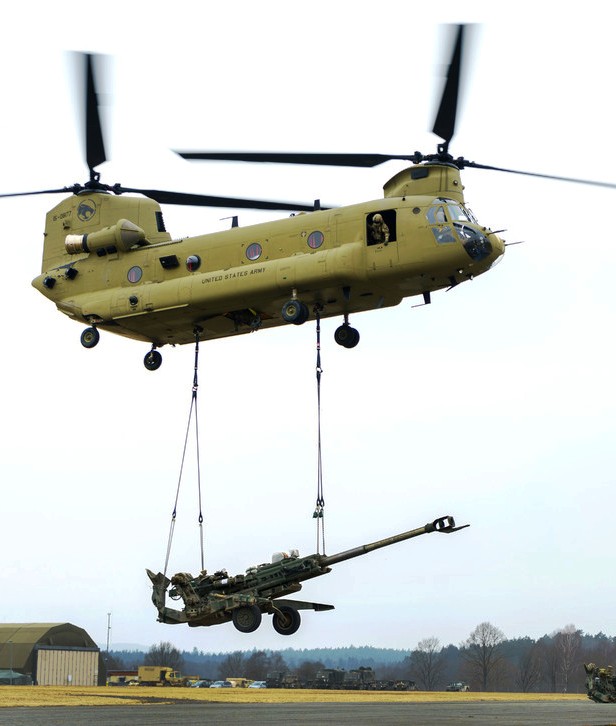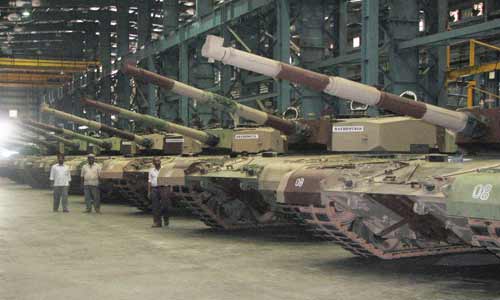IDD explainer
In a long-pending reform, India, has allowed foreign original equipment manufacturers (OEMs) to invest upto 74 percent stake in Defence equipment manufacturing sector in India via the Foreign Direct Investment (FDI) route, allowing the OEM’s, a controlling stake in production.
India is the second largest importer of weapons and equipment, accounting for 9.2 percent of all global sales for the period 2014-2019, said the Sweden-based think-tank Stockholm International Peace Research Institute (SIPRI) in its report ‘Trends in International Arms Transfers-2019’ in March this year. Read SIPRI report here. And the IDD report on this here.
In another report in April SIPRI said India was the third largest global spender behind the US and China on defence in dollar terms and spent $71.1 billion in 2019. Read SIPRI report here. And the IDD report on this here.
Indian Finance Minister Nirmala Sitharaman announced the change on May 16 at a news conference: “FDI limit in the defence manufacturing under automatic route will be raised from 49% to 74%”.

With New Delhi wanting to look inwards and cutting its import bill, allowing foreign companies a greater stake was best available option to have manufacturing facilities in India which spends about $ 10 billion each year on new equipment and weapons.
Sitharaman was Defence Minister of India from Sept 3, 2017 to May 31, 2019 and the move could encourage global OEMs like Boeing, Lockheed Martin, Airbus, Saab, to invest in India. This is also expected to be boon for warship making industry, UAV’s, Artificial intelligence, helicopters, military vehicles, aerospace ventures making sub-assemblies and part of aviation systems. Some of the major aviation companies like Airbus, Lockheed Martin and Tata existing tie-ups with Indian companies to source parts and sub-assemblies for their global supply chains.
Besides the US, India would be looking at European, Japanese and Korean companies t come and set up plants. In the 1980’s and the 1990’s India had invited automobile companies to come and set up plants here. Toyota, Suzuki, Renault, Hyundai and Ford, among other set up plants in India converting it into a manufacturing hub for automobiles.

Why the Change.
In August 2014, within three months of coming to power, the Narendra Modi government had raised the FDI cap in the sector from 26 per cent to 49 per cent. It did not help and the defence manufacturing sector did not get much impetus. India attracted only a meager $ 8.8 Million (Rs 66 crore) in FDI in defence manufacturing sector in the past 19 years – that is from April 2000 to end of 2019. The figures were tabled in Lok Sabha, the lower house of India’s Bicameral legislature on March 4 this year. Read it here.
Otherwise annual cumulative FDI inflow into India was some $ 62 billion for the fiscal ending March 31, 2019, which had raised demands for hiking the FDI limits in defence manufacturing. Foreign equipment makers have said it openly at various forums that they would invest only once ‘controlling stake’ in a venture is assured, 49 percent stake did not allow that.
Parliamentary body and MoD recommended
An officially constituted committee of the Indian Parliament recommended to the Government to make India a ‘lucrative place’ for foreign military equipment manufacturers to be ‘investing’ in the defence industrial sector.
The committee suggested to improve India’s target of becoming a defence manufacturing hub, opening jobs and boosting trade. The Committee’s recommendation was in line with when New Delhi kick-started the ‘Strategic Partnership’ model, or the SP Model, of producing equipment. It lays down the need for a foreign OEM to partner with an Indian Company to produce – Fighter jets, helicopters, submarines and infantry carrying vehicles.
The recommendations had come from the Parliamentary Standing Committee on Defence, a body of Members of Parliament in India. The report read it here tabled in the Indian Parliament said : “There should be regular interaction with foreign Defence industry partners to make India a lucrative place for investing and making it a Defence industry hub”. It asks for monitoring Government initiatives at regular intervals, to remove any bottlenecks.
In 2018 the Ministry of Defence took the lead and proposed a major tweak to the defence-manufacturing policy, including higher FDI limits, a multi-billion dollar target for domestic production of military equipment by 2025, self-reliance and exports of critical technology.
The Department of Defence Production under the MoD had put out a draft of the defence production policy (DPP-2018) which said “FDI regime in defence will be further liberalised and FDI up to 74 per cent will be allowed in niche technology areas under the automatic route”. Read the draft here.
Enhanced FDI cap looks to facilitate India’s search for home-made weapons for gradual movement towards self-sufficiency in weapons production.
India will ban import of certain weapons
Sitharaman also said that a list of weapons and platforms will be drafted on which there will be banned list of import. The bans will be gradual with year wise progressive timelines. Meaning India, hypothetically, could say it will not import a fighter jet after 2026 or automatic rifle after 2020 or artillery guns from 2021.

The Minister also announced indigenisation of imported spares. The problem is largely from Russian origin spares. In February at ‘DefExpo-2020’ a total of 14 MoUs were exchanged between the Russian OEM’s and the Indian companies after the 5th round of India-Russia Military Industrial Conference (IRMIC) India and Russia signed at Vladivostok, Russia on September 4, 2019 and Intter-Governtal agreement framework for partnership of Russian OEMs with Indian industry for manufacturing of spare parts of Russian origin equipment in use by the Indian Defence Forces. The objective is to modernise India’s defence platforms and manufacture equipment to give a massive boost to the two nations’ exports to third countries. Read the IGA here.
Notably India is now looking at a separate budget provisioning to be made for domestic capital procurement – weapons and equipment, this will help reduce the import bill.
The Ordnance Factory Board, which 41 factories under the MoD will be corporatized, meaning Government owned public sector undertakings. This will provide functional and financial autonomy and managerial flexibility so as to enable the organisation to grow at a faster pace and play a greater role in defence preparedness of the country while also adequately safeguarding the interests of the workers. Read Government plan here.
A Project Management Unit (PMU) will be set up to support contract management, besides realistic setting of General Staff Qualitative Requirements (GSQRs) of weapons/platforms. GSQR’s are the parameters for choosing a weapon or platform.























Recent Comments